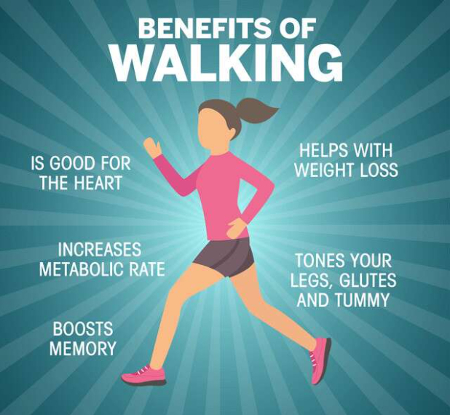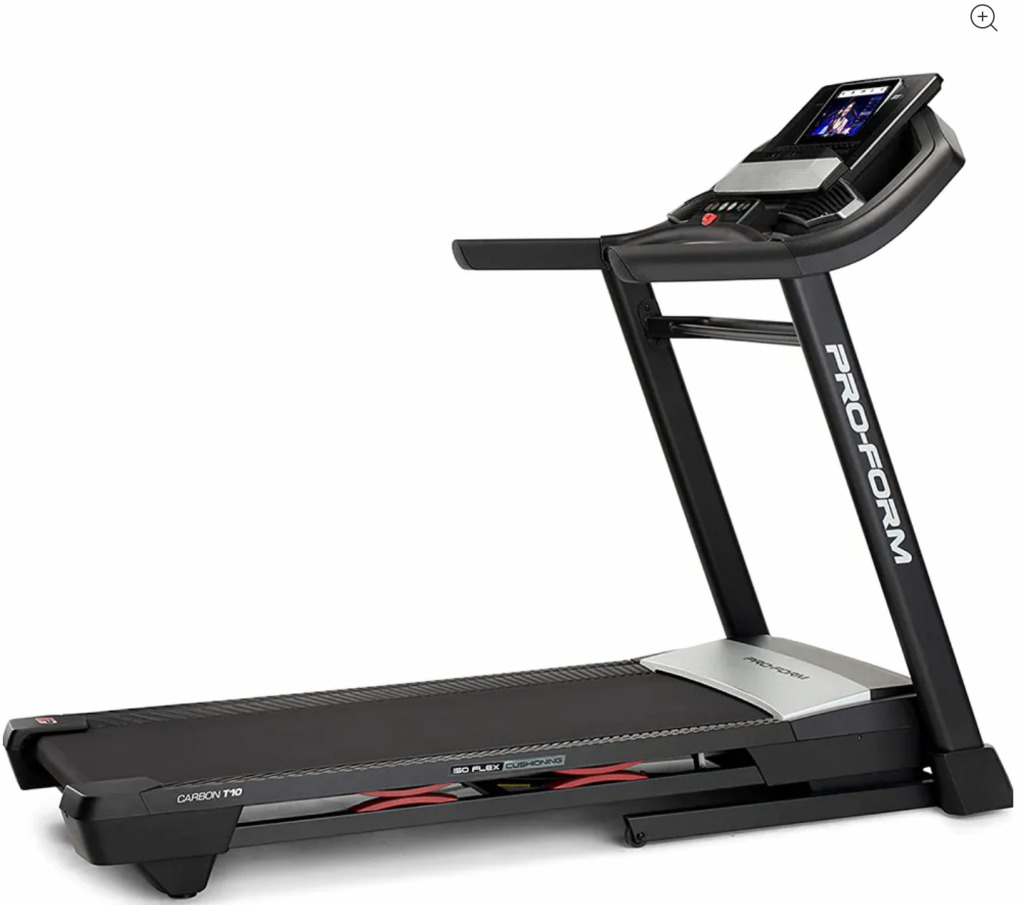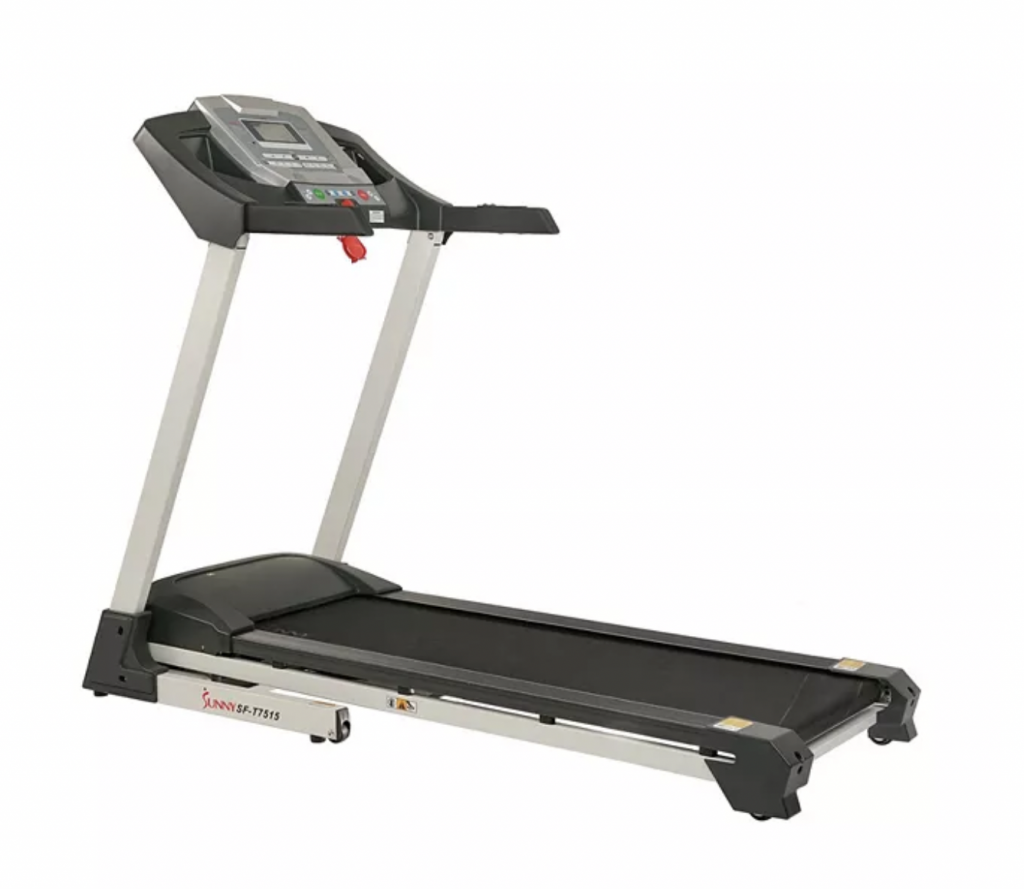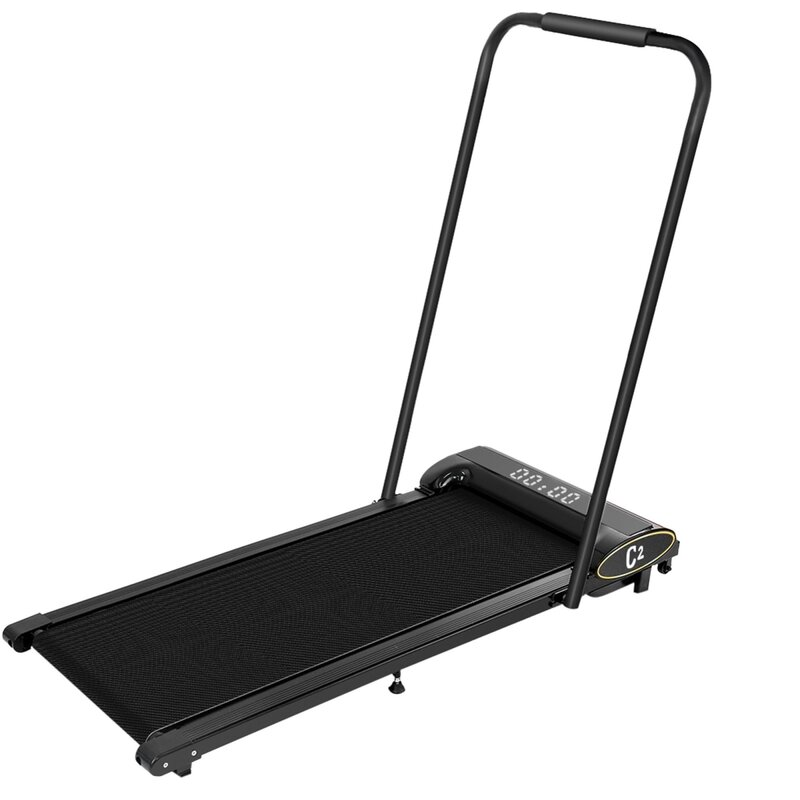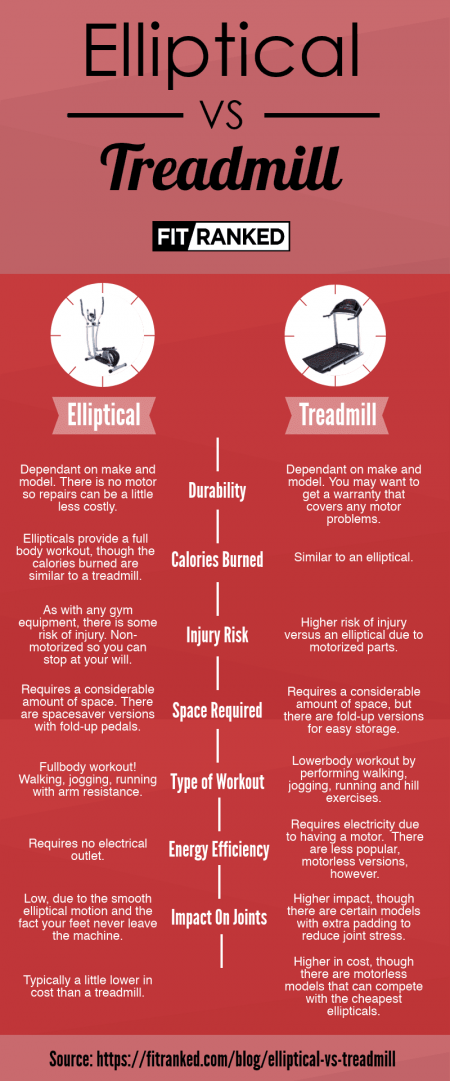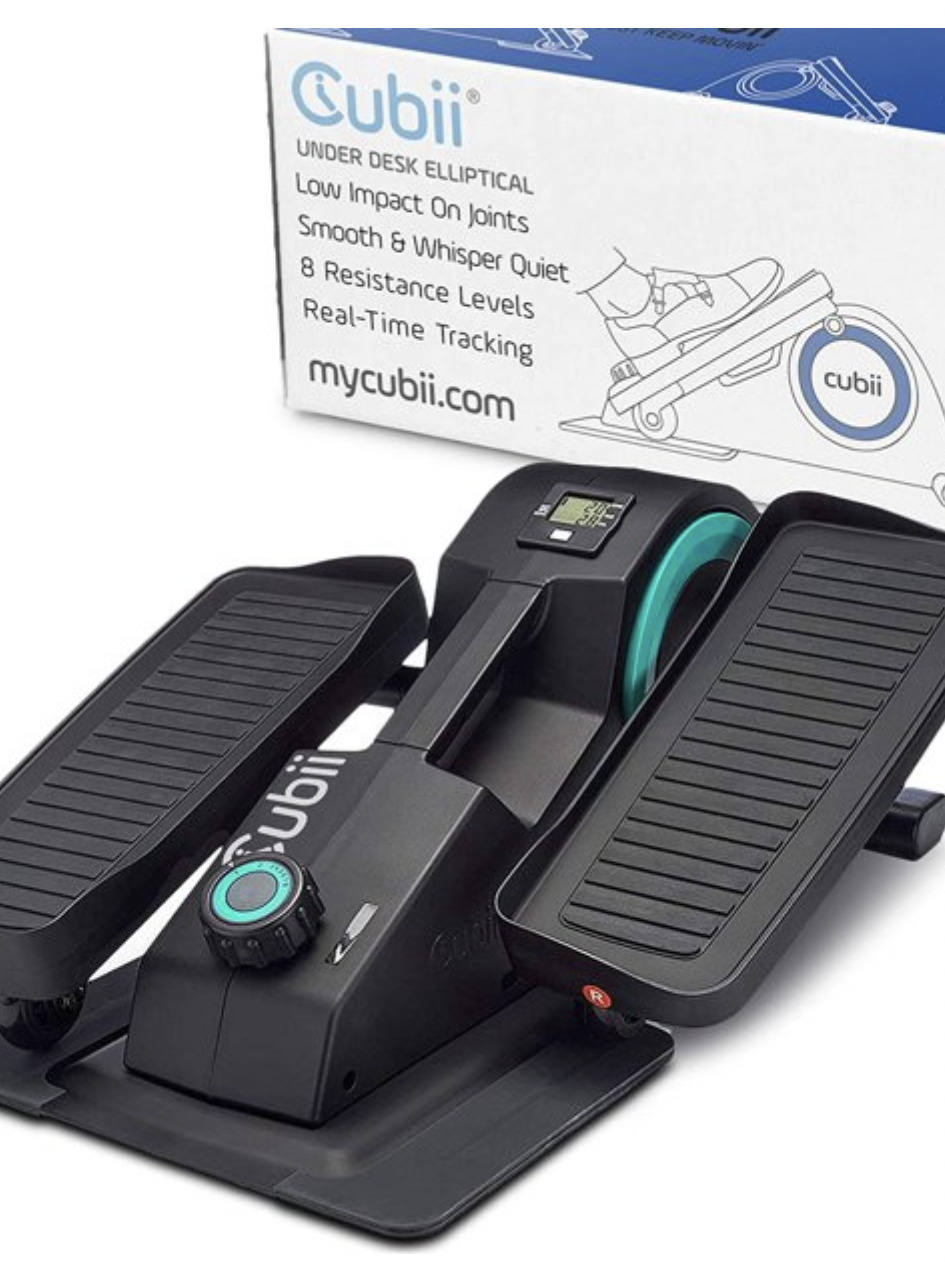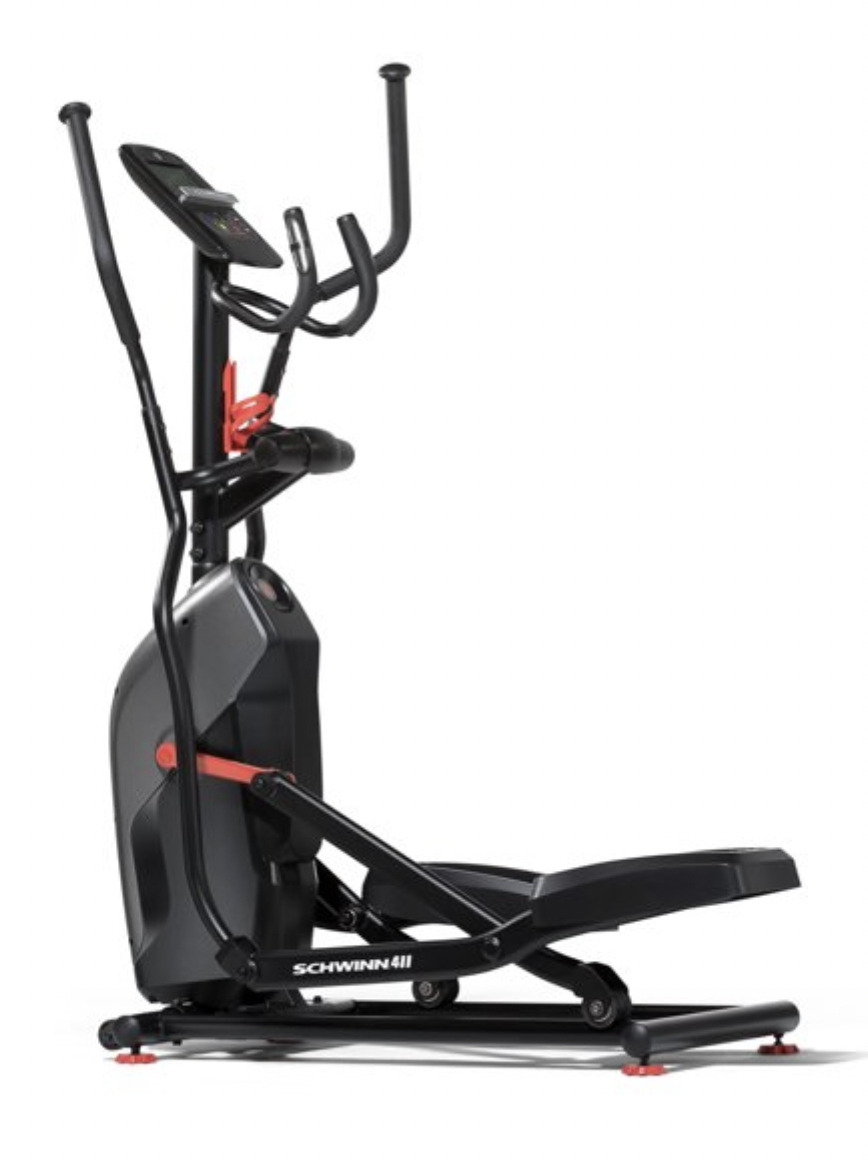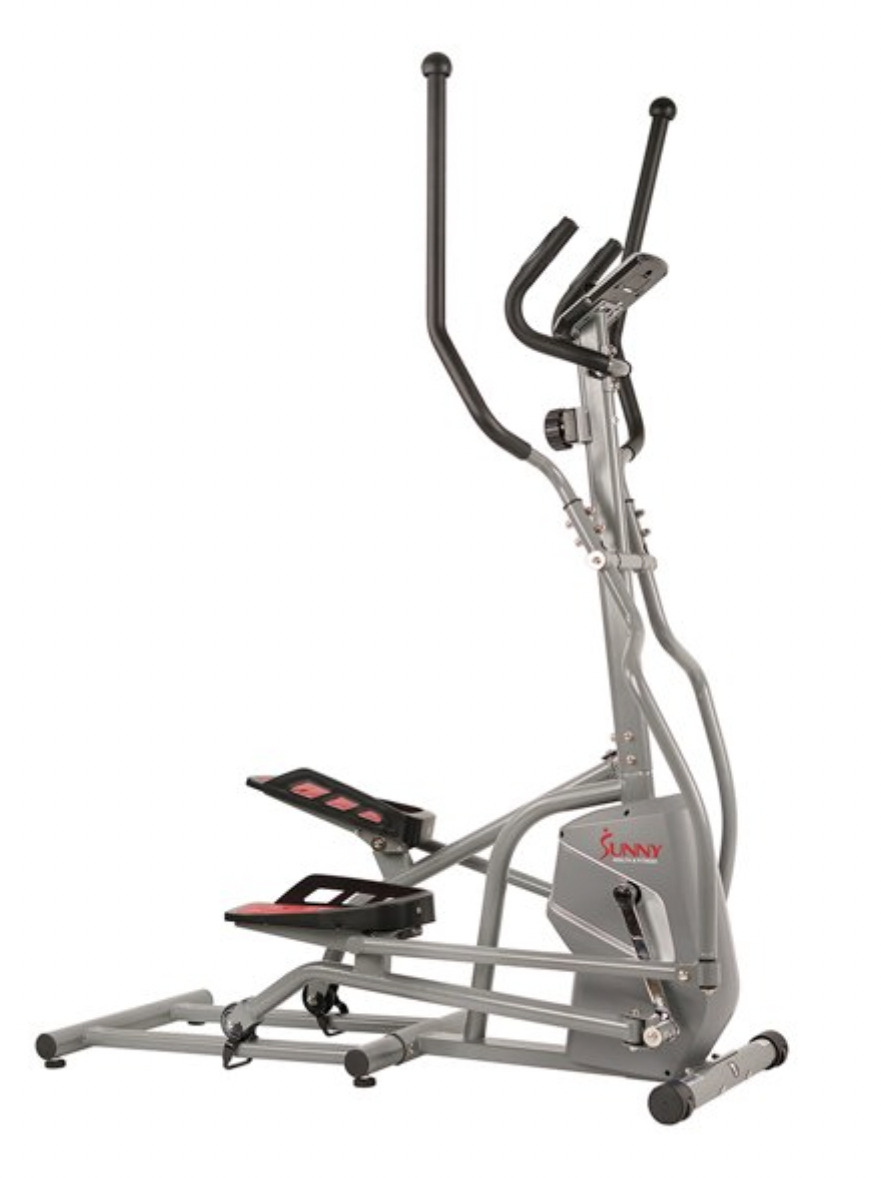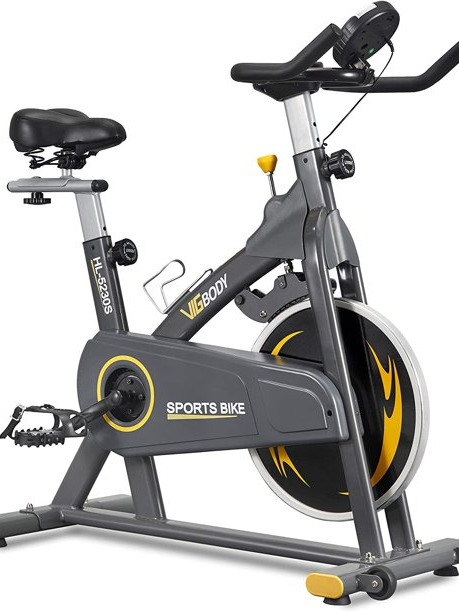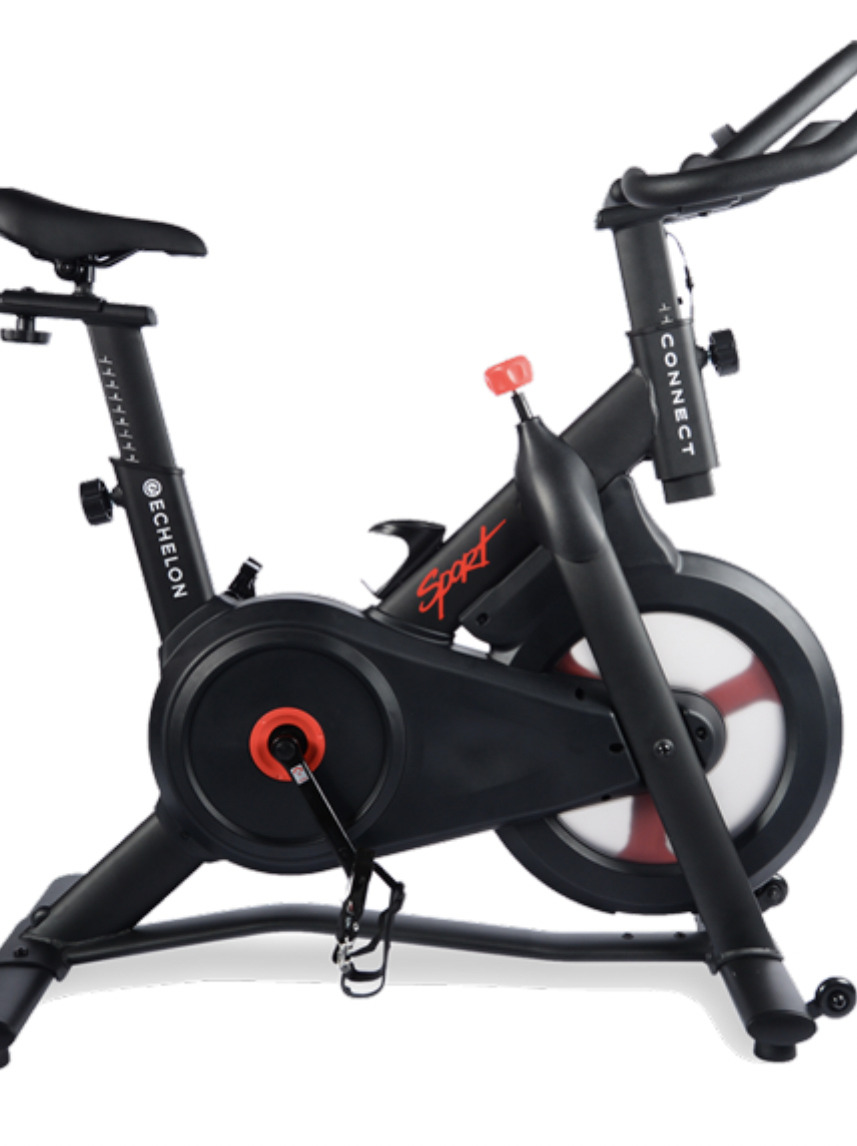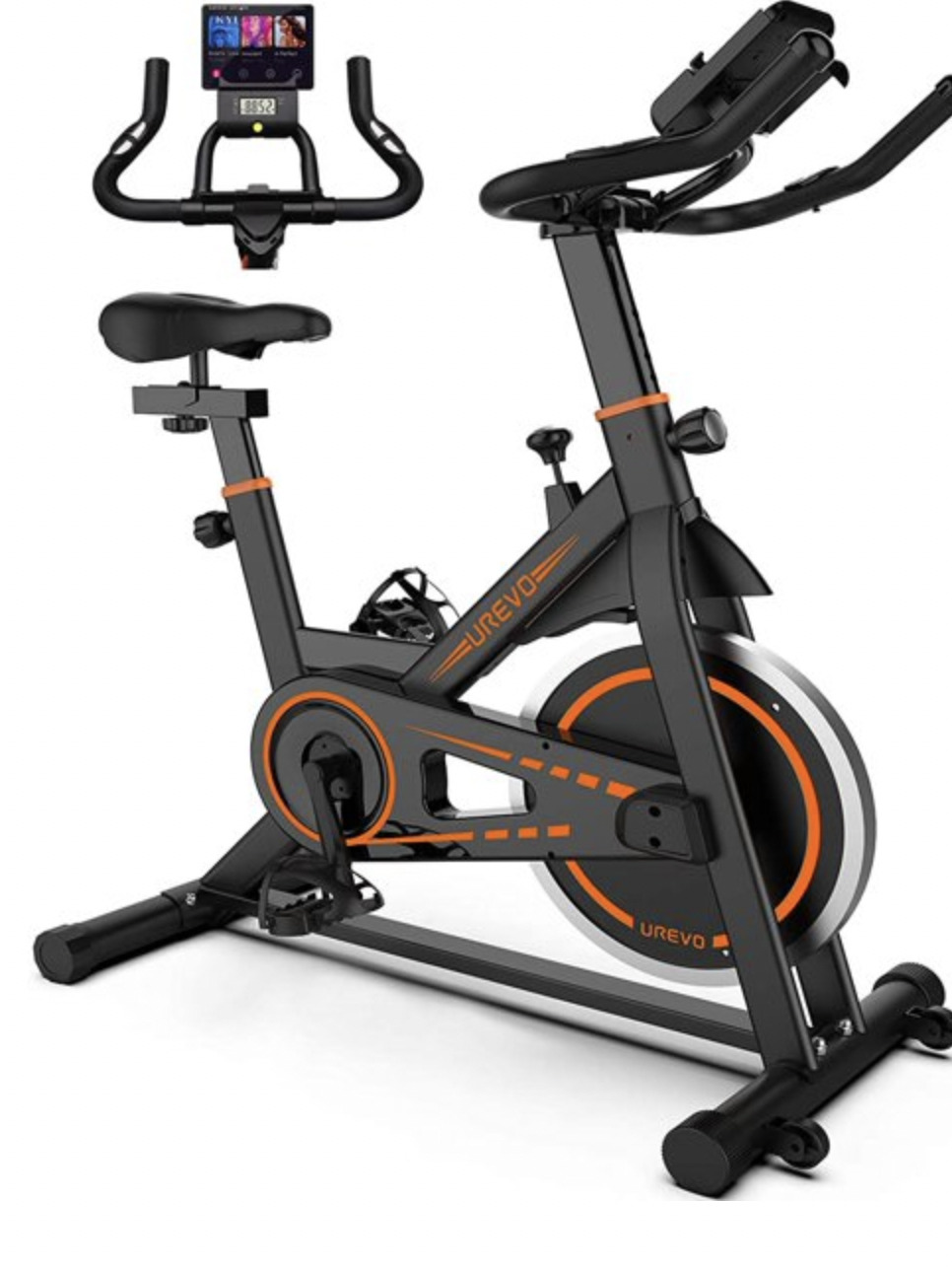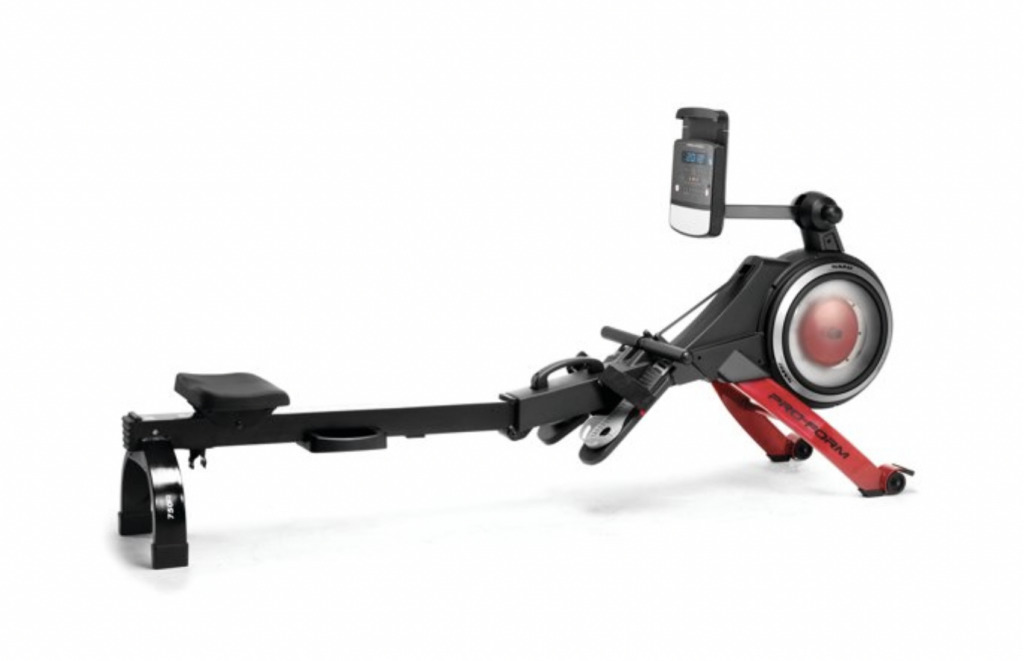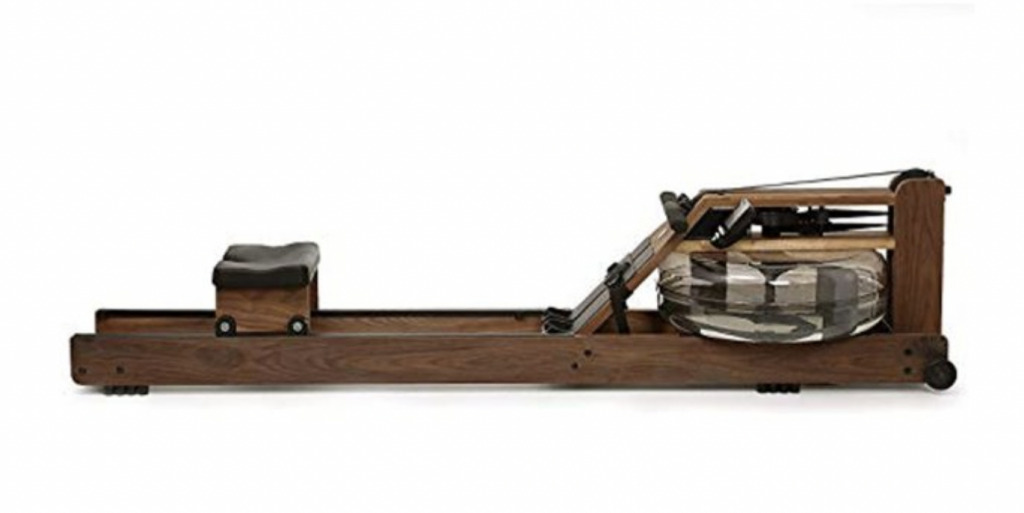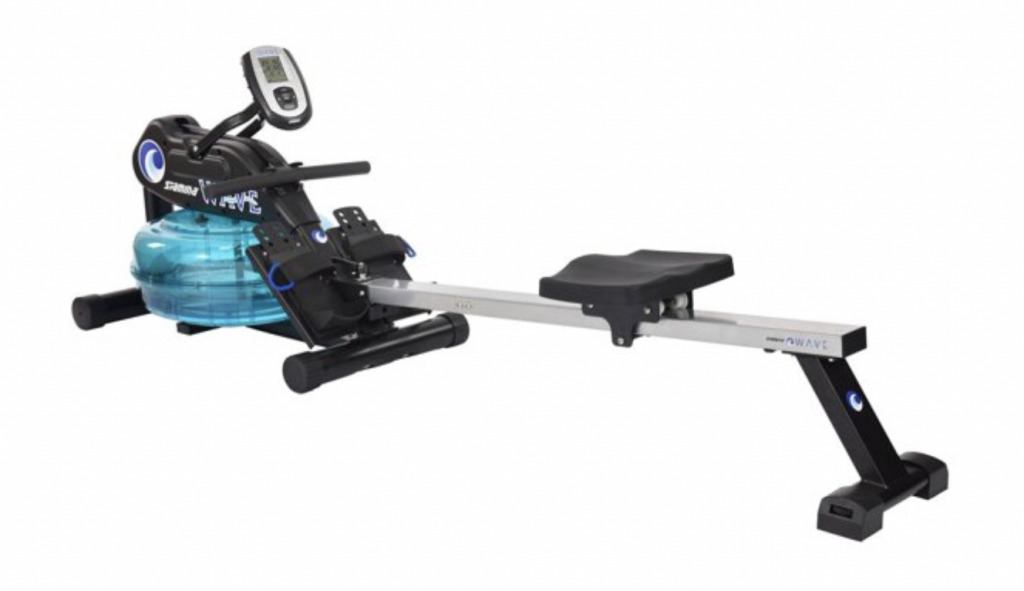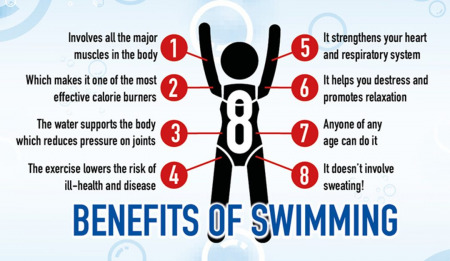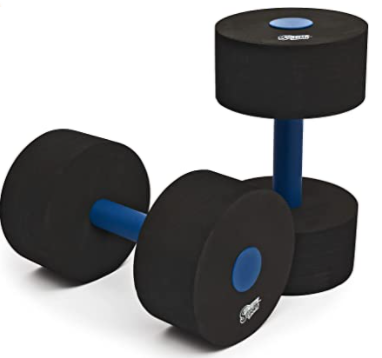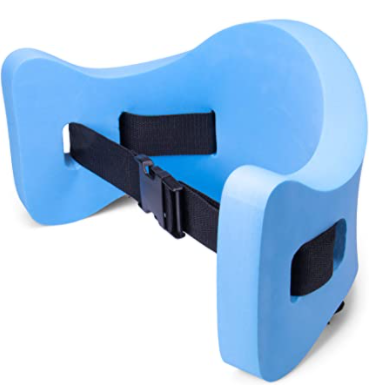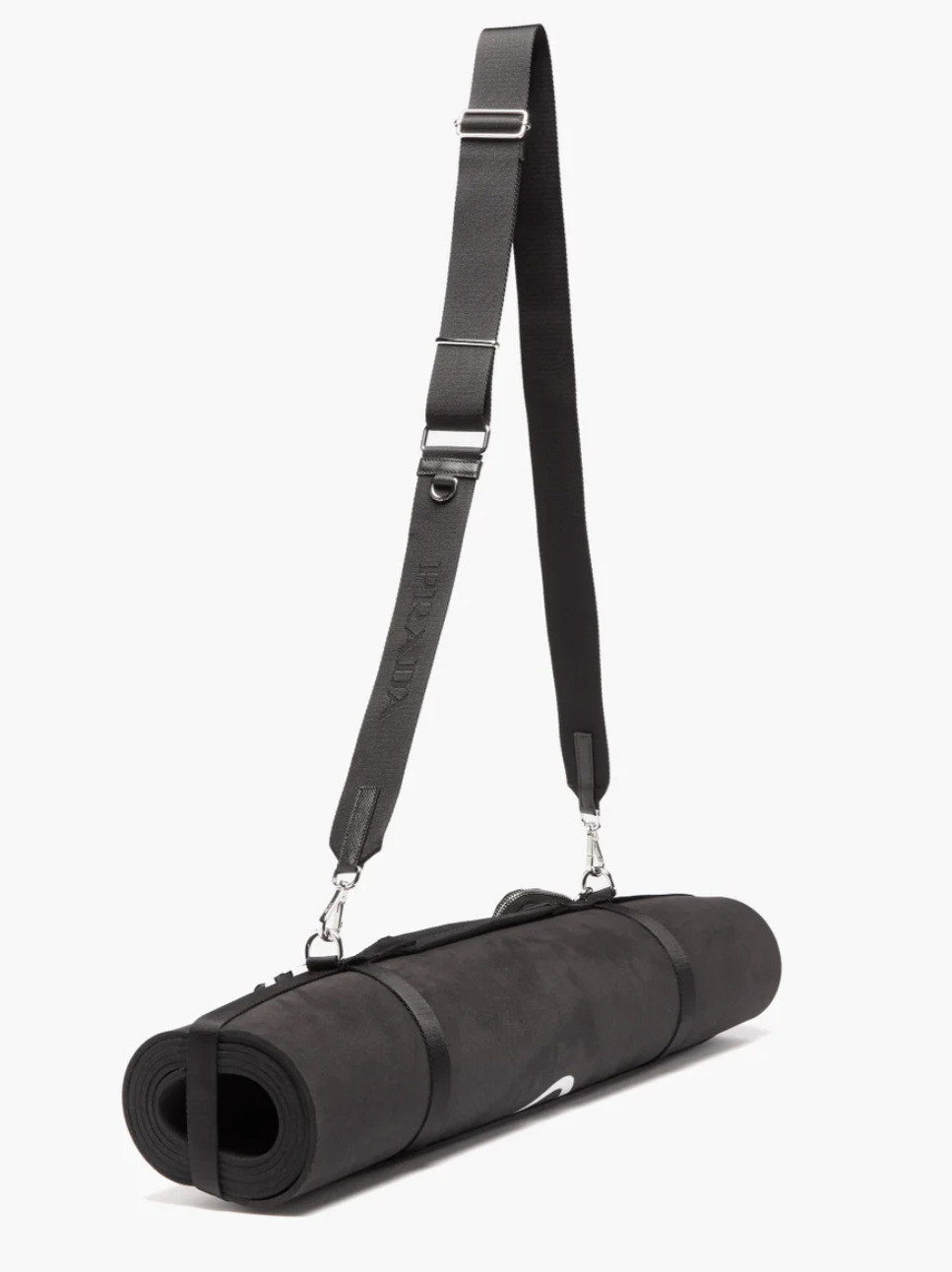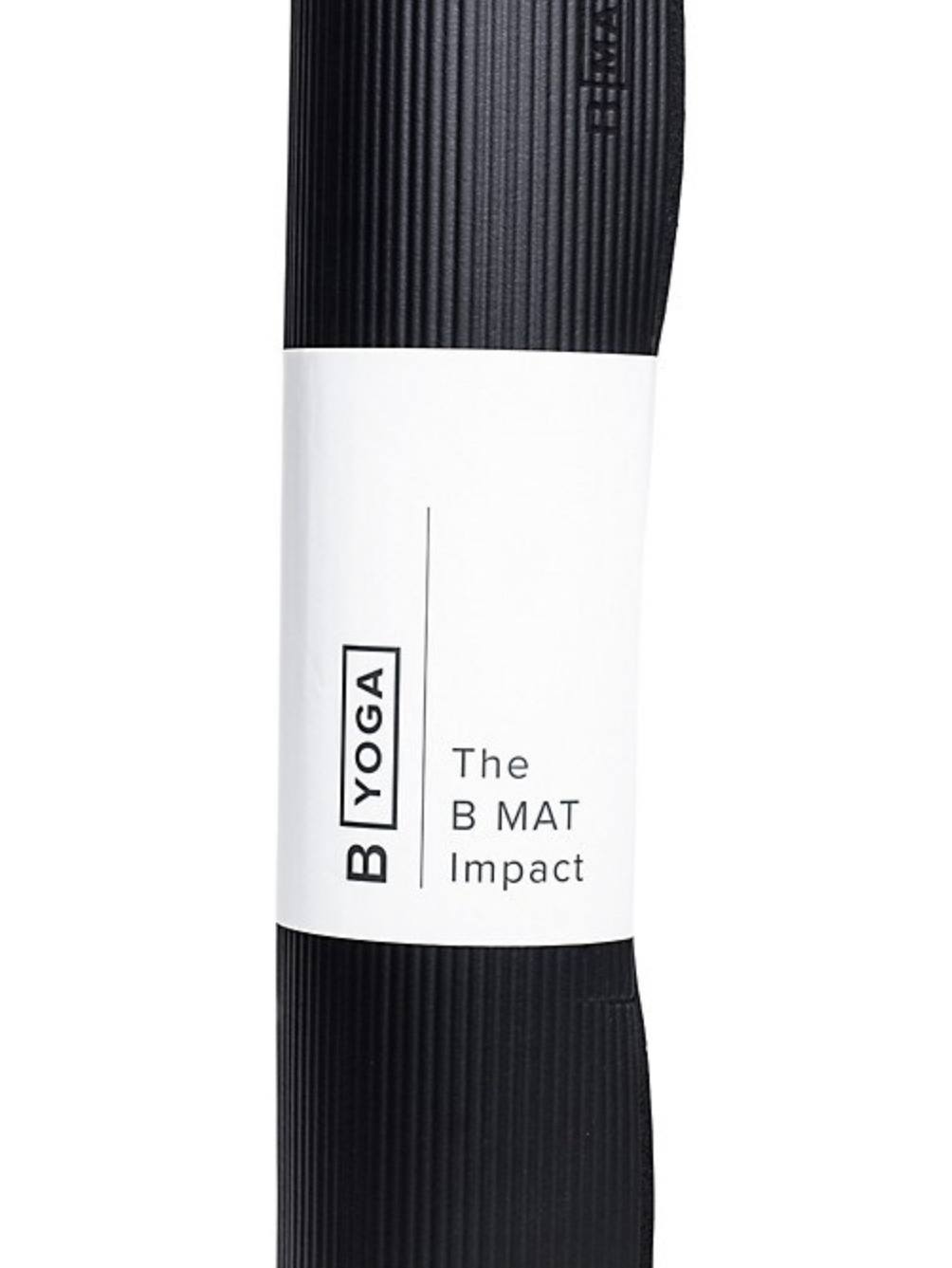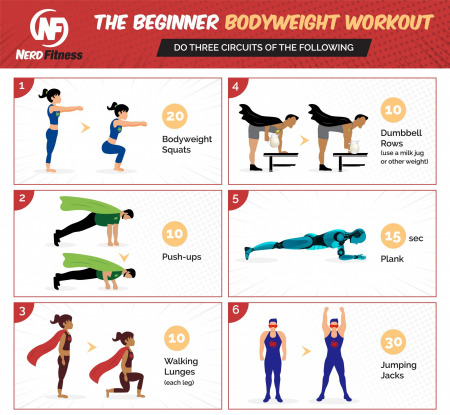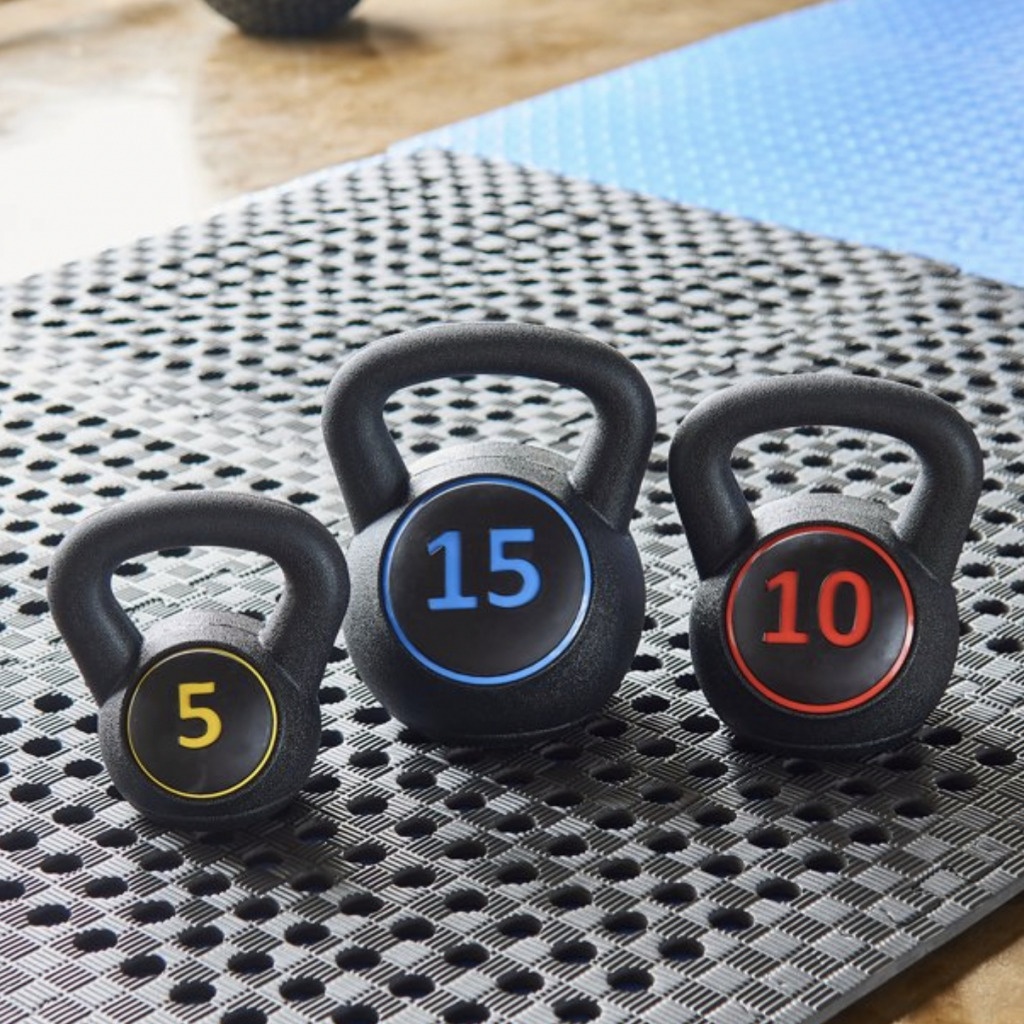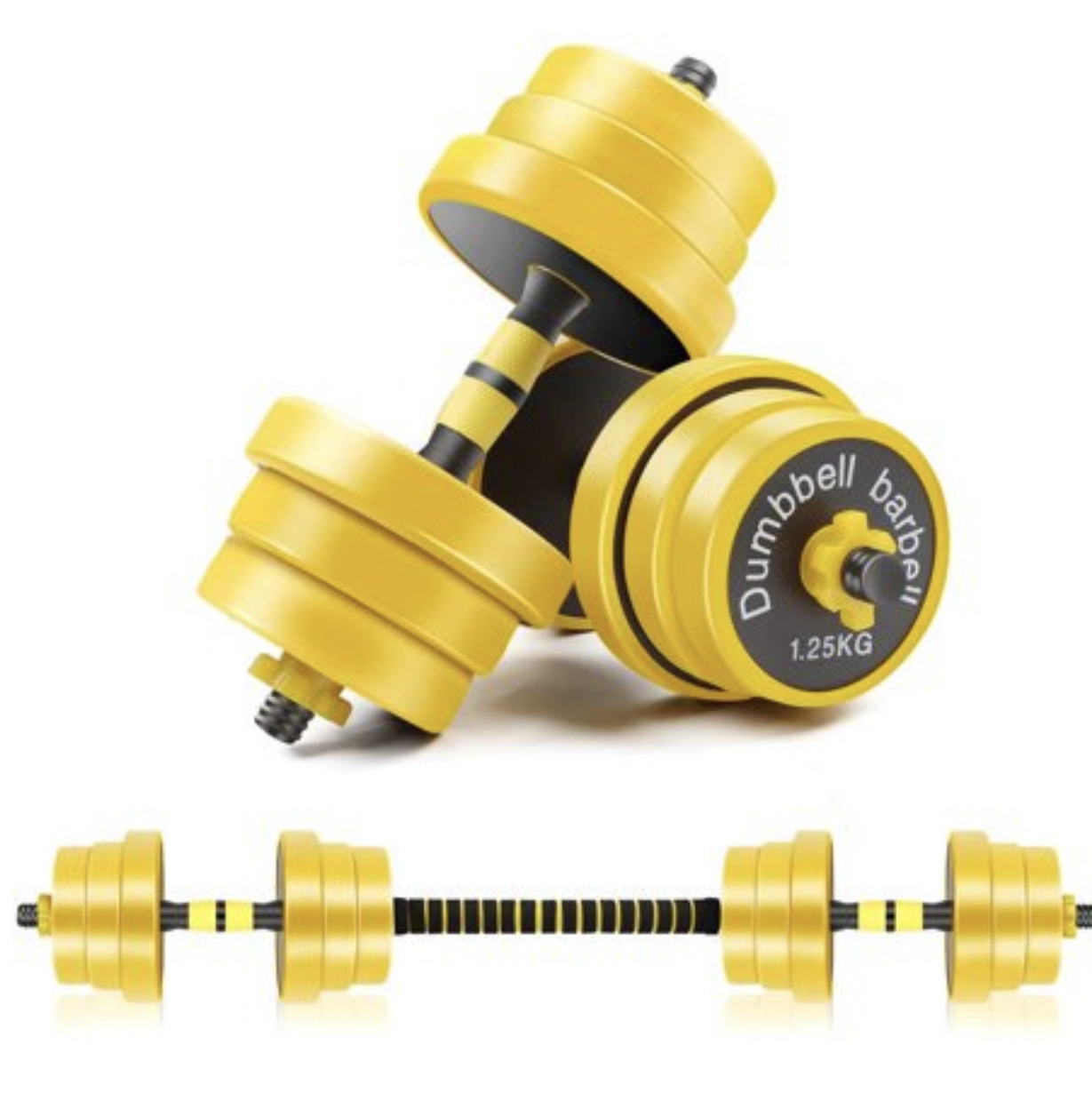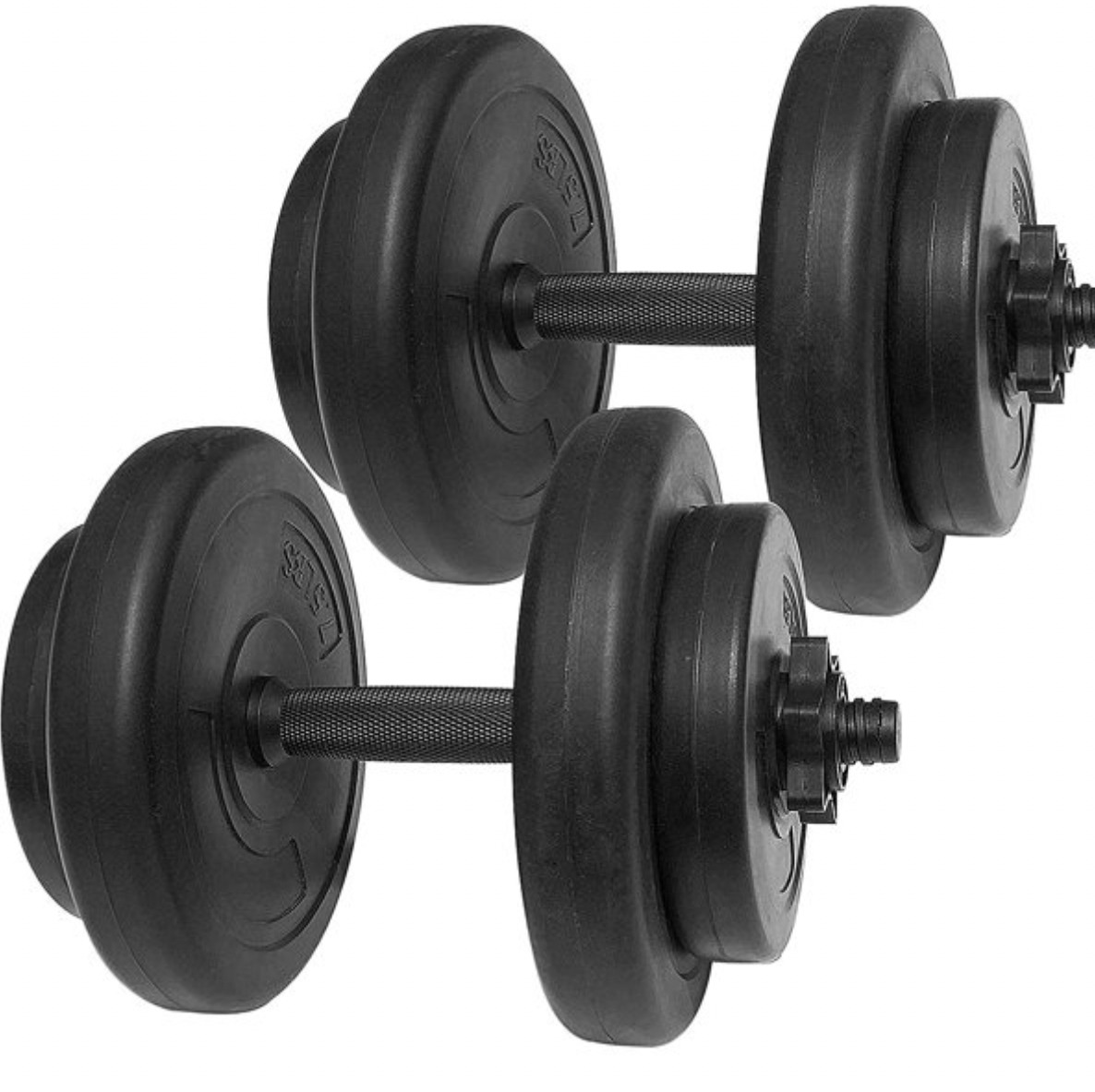“How do you run so much without your uterus falling out?”
I kid you not; this is the question I’m confronted with at least once a week by a particular male neighbor, a bewildered boomer who never emerges from his far-too-tight dad jeans. Each time we cross paths as I’m warming up for my run, Mr. Dad Jeans seems genuinely dazzled that I can lightly transfer weight from one foot to the other without mortally wounding my womb.
As silly as it sounds now, the notion that high-impact exercise could prompt a uterine prolapse was a prevailing myth until 50-some years ago. When Kathrine Switzer became the first woman to run the Boston Marathon in 1967, the male-dominated masses clung to the edges of their seats, truly shell-shocked that a fragile female could cross the finish line with all her limbs and organs intact.
There’s nothing I find more motivating than seeing other women doing what no other woman has done before.
The story of Kathrine Switzer is one of those history-making moments.
#feminist #girlpower #womenempowerment #comics #webcomic #drawing #cartoon #modernacomics pic.twitter.com/zGOkQg8eVo— Moderna (@modernacomics) September 4, 2020
It’s not magic, guys. We, too, can enjoy the runner’s high without exploding like watermelons from the inside out.
But when, more often, people of both genders comment how brutal the daily pounding must be on my knees, well, they’re not exactly wrong. I mean, let’s face it, there’s even a painful patellar condition the medical world has called “runner’s knee” (spoiler alert: it occurs commonly in runners). For now, I’ve managed to avoid the specter of arthritis — and, god forbid, stress fractures — despite my one-track runner’s mind; but injury risk from running increases with age, and I just had a birthday.
With age is supposed to come wisdom, right? So, I thought, let’s use that newfound insight to explore the dreaded cross-training.
High Impact Vs. Low Impact Workouts
“Running takes a serious toll on our bodies. With every step, the landing leg absorbs a force of about 2.5 times our body weight,” explains Shawn Hamilton, M.D., an internal medicine physician. “High-impact activities such as running and plyometrics cause a lot of bio-mechanical stress on the legs.”
“Low-impact exercise causes very little biochemical stress on our bodies, since it doesn’t involve jumping and landing. In order to stay healthy, it’s important to incorporate some low-impact cardio exercise to your routine,” Hamilton advises.
Okay, fair enough. But if low-impact workouts are gentler on your joints, they must be less effective on your heart and lungs, right?
Wrong, say the experts on exercise.
“I think there’s a massive misconception that in order for a workout to be effective, it must be super-intense and include high-impact activity,” notes Heather Hart, an exercise physiologist and endurance coach. “That is simply not true, and likely a case of people confusing low-impact for low-intensity.”
“I think the misconception also comes in that people assume low-impact must be easier,” Hart explains. “But there are endless examples of low-impact exercises that can still be performed at a variety of intensities.”
So what do these endless examples include, and how can we add them to our workout routines? Whether you’re an aging athlete like me or a fitness newbie who’s protective of her joints from the get-go, here are some of the best low-impact (but high-energy) exercises that experts recommend to us all.
Walking
We’ve raved before about the benefits of walking — it’s one of the best workouts you can do for your body and your mind. Walking for just 30 minutes a day increases your overall fitness, reduces your risk of heart attack and stroke, and improves your mood and alertness. And while you may think walking is easy, think again. There are plenty of ways to vary the intensity depending on how heavily you want to breathe (and sweat).
“Take, for example, walking on a treadmill at a moderate pace. For many, this might not seem difficult,” Hart says. “But now, crank the incline up to 10 or 15 percent, and maintain that same pace. Your heart rate and breathing rate will absolutely increase, making this a moderate to even vigorous low-impact cardiovascular exercise, based on your fitness level.”
Want even more of a challenge, or don’t have access to a treadmill? Incorporate weight, says David Brendan, a registered dietitian nutritionist and personal trainer. “You can add extra resistance to walking by wearing a weighted vest, or carrying hand weights, or using poles while hiking uphill to increase the intensity and make walking a more powerful workout,” he recommends.
Elliptical Training
I’m the first to admit, I often shy away from the elliptical trainer, mostly because I feel so awkward on the machine. But compared to running or walking on a treadmill, an elliptical workout can be less stressful on your joints while exerting the same force, explains Edward Laskowski, M.D., a sports medicine physician.
Plus, notes Laskowski, the elliptical machine can provide a full-body workout. “Unlike treadmills, some elliptical machines are equipped with movable upper-body handles or poles, similar to ski poles,” he says. “These allow you to exercise both your arms and your legs.”
And to make the elliptical workout even more challenging? “Most elliptical machines can be pedaled in reverse, which allows you to work your calf and hamstring muscles a bit more than does forward motion,” notes Laskowski.
Cycling
Whether you’ve taken your bike to the trails or you’re starting out on the stationary, cycling can kick your cardio into high gear while strengthening your leg muscles. Not only is it a low-impact activity that won’t stress out your joints, but regular cycling can help reduce joint pain and stiffness in those who already suffer from arthritis.
And just because you’re sitting down, that doesn’t mean you won’t be getting your heart rate up. “Anyone who has taken a spin class or a Peloton class can confirm, it’s not always easy or low-intensity,” Hart points out.
If you prefer to ride outside, you can mix up the intensity by varying the terrain. “There are different types of bikes that you can choose for whatever terrain you want to do — from road bikes for flat roads, to mountain bikes for rough terrain,” says Kristopher Chuck Ceniza, a physical therapist and strength coach. “Make sure you are wearing the proper gear for your safety!”
Rowing
You probably don’t own a rowboat, but an indoor rower that mimics the motion can boost both strength and endurance. “The rowing machine is an excellent combination of full-body resistance training and high-intensity cardio, and it has little to no impact on your joints,” explains David Brendan, a certified personal trainer. “It can be as high-intensity as you want.”
Brendan’s favorite rowing routines? He recommends mixing up the following workouts to keep your body challenged: 500-meter sprints; 2000-meter sprints; and 10 intervals of 20-second sprints with 10-second rest breaks. Most rowers have a monitor that will show you all these workout stats, including speed, distance, and time.
Of course, to minimize your chance of injury on the rower, it’s important to maintain proper form. “Get someone to show you proper technique if you’ve never rowed before,” Brendan advises.
Swimming
You do need water for this workout — but if you have access to a pool, it’s worth it. Not only is swimming the lowest-impact exercise you can possibly do (because of water’s buoyancy), but it can improve the use of affected joints and reduce pain associated with arthritis. Plus, because swimming engages all of your major muscle groups, it’s a powerful full-body workout.
“Swimming is a non-weight-bearing exercise, so it helps strengthen your muscles without putting any pressure on them,” explains Reda Elmardi, a registered dietitian and certified strength and conditioning trainer. “Swim laps in a pool or do some open-water swimming.”
Want to mix up your swim session or take it up a notch? Grab a kickboard and practice some high-intensity kicking drills.
Yoga
Benefits of Yoga Infographic http://t.co/rXm2QymlH5 pic.twitter.com/h0Eny69ACv
— AHealthBlog (@AHealthBlog) May 13, 2015
As someone who struggles to sit still, I don’t do yoga enough (read: at all). But yoga is incredibly gentle on the body, and it benefits the mind and body in every way, from boosting energy and relieving stress, to improving heart health and easing pain.
And if you’re friends with anyone who practices yoga regularly, you know those poses build strength and balance (forearm handstands and 10-minute planks, anyone?)
“For a low-impact exercise workout, doing yoga and holding poses for longer than usual is an amazing way of building isometric stress and therefore building lean muscle,” explains Paul Warloski, a yoga instructor, endurance coach, and personal trainer. “For example, we might do a Warrior 1, keeping our arms high, a bend in our back, and hips and shoulders rotated forward. We inhale and relax our hips, rotating them side to side, then exhale and deepen the pose by rotating our hips and shoulders forward.”
“Doing a constant movement based on breath helps deepen the pose,” Warloski says. “So we’re creating stress in the forward leg, hips, torso, and shoulders. It’s a great way to get stronger without lifting any weights.”
Strength Training
Speaking of lifting weights, what you may not realize is that simple, old-fashioned strength training is low-impact, too.
“Low impact is technically defined as keeping at least one foot on the ground at all times,” notes Hart. “So, save for some of the Olympic lifting movements where both feet may leave the ground at once, strength training counts as low impact.”
So, what, exactly, is strength training? The technical definition, according to Healthline, is “any physical movement in which you use your body weight or equipment (e.g., dumbbells and resistance bands) to build muscle mass, strength, and endurance.”
So, yes, yoga counts as strength training, and so does hitting the squat rack with a heavily-loaded barbell. But you don’t have to practice advanced poses or lift twice your bodyweight to perform a strength training workout.
“A low-impact workout that anyone can do, even if you have no equipment, is a simple bodyweight strength training circuit,” recommends Allison Sizemore, a certified sports nutritionist and online coach. “One might choose four to five exercises (let’s say a squat, lunge, pushup, plank, and lateral lunge) and rotate through those for 20 minutes.”
“This not only builds metabolically active muscle tissue and strengthens your bones; it also is easy on your joints and does not put undue stress on the body,” Sizemore says.
So, whether you choose a casual walk with your girlfriends, a few strenuous laps in your neighborhood pool, or a high-intensity strength circuit at your local gym, it’s time to get out there and crush your next workout — without, of course, crushing your joints.
You might just crush some male-dominated misconceptions while you’re at it.

What are your favorite low-impact workouts? What improvements have you seen to your fitness? Let us know in the comments below!
Check These Out For More Ways To Make Your Workout Easy:

